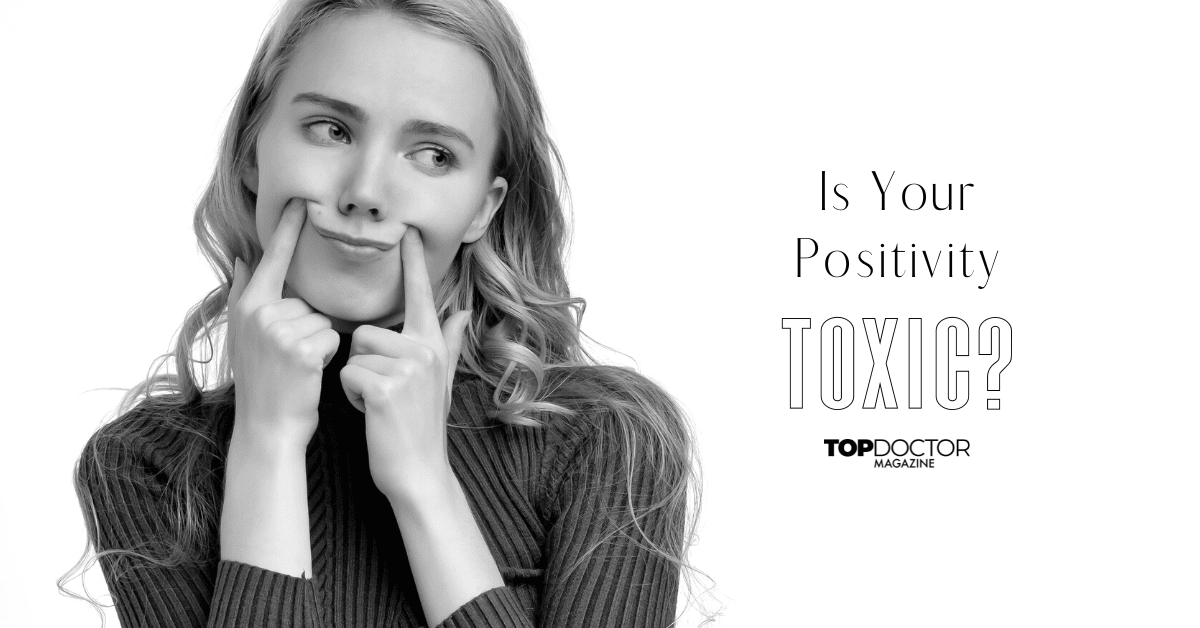Too much of anything is bad, even when it’s something good. As much as we want to always stay positive and spread good vibes to everyone we meet, there are just some moments in life when looking at the bright side will not fix a situation.
So, where should we draw a line between genuine optimism and toxic positivity? Perhaps it’s time to delve inwards to see if your overly sunny disposition may just be a defense mechanism to avoid facing the truth of a not-so-perfect reality.
What is Toxic Positivity?
According to The Psychology Group, toxic positivity amounts to excessively overgeneralizing a happy or positive state on any given occasion that leads to denying, minimizing and invalidating an authentic human emotional experience.
Part of what makes life worth living is the broad spectrum of emotions we get to feel and experience. Joy, love, sadness, pain, anger, loss, excitement, fear, disappointment—the list goes on. That’s why you often hear people say that life is like a rollercoaster ride: sometimes you go up, sometimes you go down. In those down moments, it’s important to lean in and accept them for what they are instead of trying to escape them.
Toxic positivity masks the true and unpleasant reality with a false perception that the world is full of rainbows and butterflies. Such a perception is harmful to your mind and body because you’re creating a narrative that everything is great when the reality is, you’re scared to face the negative emotions tied to a situation.
Is Toxic Positivity Real?
Toxic positivity is real, and you can spot the signs when you or someone you know might be guilty of toxic positivity.
Signs of Toxic Positivity to Look Out For
- Hiding or disguising your true feelings;
- Minimizing other people’s experiences and emotions by using ‘feel good’ statements;
- Feeling guilty for feeling negative emotions like sadness, anger or disappointment;
- Brushing off your problems with an ‘it is what it is’ attitude
- Shaming or chastising others for expressing negative emotions or anything other than positivity;
- Invalidating someone’s emotional experience by saying things like ‘it could be worse’;
- Dismissing emotions or trying to sweep them under the rug.
If you found yourself nodding and gasping, that’s me! to four or more of these signs, then maybe it’s time to take a step back and reflect on why you may be acting this way. Not showing your genuine emotions or invalidating others’ feelings can create a wall that will prevent you from connecting with yourself and others. People might even think of you as someone who lacks empathy and will naturally steer away from you.
Toxic Positivity versus Optimism
How are you supposed to stop toxic positivity from controlling your life? Experts say that allowing yourself and others to feel a certain amount of compassion and catharsis is the best way to spread genuine positivity. So, when you’re looking for a silver lining, acknowledge that the rain clouds are also there, which is what optimism essentially is!
What sets apart toxic positivity from optimism is that optimism is rooted in the sense of reality, where the person knows and accepts the dire situation in front of them but still believes the tough times won’t last forever. As a result, optimistic people proactively search for a way to try and upheave the situation they’re in.
On the other hand, toxic positivity disengages from reality and pretends everything is fine when it isn’t. And while it may seem like a good idea to ‘fake it til’ you make it’ by being positive all the time, this coping mechanism becomes limiting because you are not allowing yourself to face the negative feelings and harsh truth in front of you.
How To Avoid Toxic Positivity
The way to overcome your toxic positivity is by allowing yourself to feel all the negative emotions. Jasmine Marie, a breathwork coach and founder of Black Girls Breathing, even suggests that you don’t have to look at them as ‘negative’ emotions at all: sadness, anger and grief aren’t inherently negative. These feelings are just responses to what’s happening to us.
Instead, Jasmine encourages us to use these feelings as indicators to become more aware of ourselves. Ask yourself, what do I need to pay attention to? and what do I need to give myself compassion on? whenever these ‘negative’ feelings arise.
The sooner you learn to sit with these uncomfortable emotions and understand them for what they are, the sooner you can move forward with feeling genuine happiness and positivity.
We often choose the easy route and escape, not realizing that our problems will just come back for us unless we decide to face them head-on. Sitting with our emotions and thoughts will help us become more comfortable in discomfort, making us stronger and ready to slay the next dragon that comes for us.






0 Comments